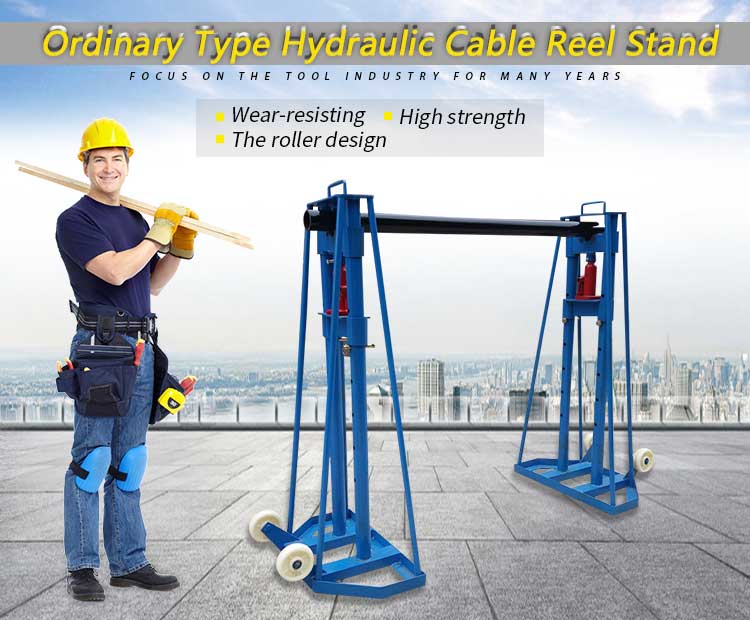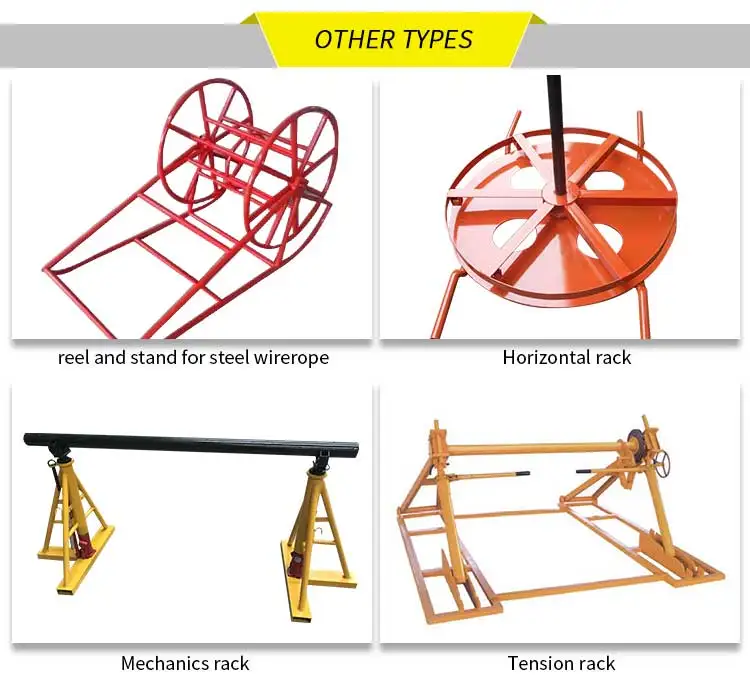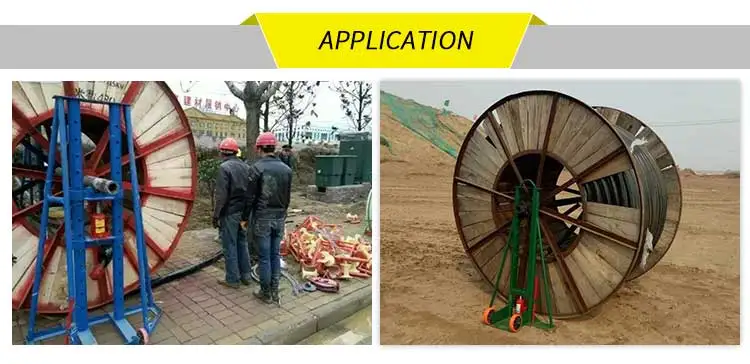Miscellaneous sanctions element cobalt-nickel electrolyte, which is similar to the nature of nickel, cobalt and nickel metal with a certain amount of nickel is not much on the nature of the impact, therefore, the world in the calculation of grade nickel, mostly It is calculated by combining cobalt as nickel. However, since cobalt is a rare metal that is more expensive than nickel, it should be recycled as much as possible. In order to improve the recovery rate of cobalt, cobalt is generally first enriched in nickel metallurgy to create conditions for the next step of cobalt extraction.
In the nickel electrolysis system, the cobalt removal method generally has a neutralization hydrolysis method, a solvent extraction method, and a "black nickel" oxidized water release cobalt method.
1. The basic principle of neutralization and hydrolysis to remove cobalt
As mentioned above, impurities in the nickel electrolyte tend to exist at low prices, such as Fe 2+ , Co 2+ , Ni 2+ ions, which cannot be separated by simple hydrolysis, but must be oxidized. Oxidative hydrolysis purification is carried out by forming high-priced ions.
The oxidation-reduction potential of Fe 2+ and Cu 2+ to trivalent is:
It can be seen that the basic principle of the neutralization hydrolysis method except Co is similar to that of Fe, but Co 2+ is harder to oxidize than Fe 2+ , and Co 3+ is more difficult to hydrolyze and precipitate than Fe 3+ . Therefore, it is more difficult to remove Co than Fe. An oxidant that is stronger than air is required and the pH of the precipitate is also high. When a chloride electrolyte or a chloride-sulfate mixed electrolyte is used, chlorine gas is often used as an oxidizing agent. When a pure sulfate system is used as the electrolyte, black nickel (NiOOH) is commonly used to remove cobalt.
2, chlorine gas oxidation and hydrolysis method to remove cobalt
Chlorine is a strong oxidant that is 2.5 times heavier than air. The solubility of chlorine in water is small, and its solubility is smaller as the temperature increases. For example, at 25 ° C, 100 g of water dissolves 0.6411 g of chlorine; at 80 ° C, only 0.2226 g of dissolved chlorine.
In hydrometallurgy, both chlorine and oxygen (air) are often used as oxidants, and their redox potentials are:
It can be seen that the oxidizing property of chlorine gas is stronger than that of oxygen. Using the difference between the oxidation-reduction potential and the hydrolysis pH of cobalt and nickel, it is possible to preferentially oxidize Co 2+ to Co 3+ using chlorine gas , and hydrolyze Co 3+ to form insoluble Co(OH). 3 precipitation, to achieve the purpose of removing cobalt, the reaction formula is:
2CoSO 4 +Cl 2 +6H 2 O=2Co(OH) 3 ↓+2H 2 SO 4 +2HCl
In order to promote the reaction to the right, the addition of nickel carbonate (or Na 2 CO 3 ) neutralizes the acid produced by the hydrolysis reaction:
2HoSO 4 +2HCl+3NiCO 3 =2NiSO 4 +NiCl 2 +3H 2 O+3CO 2 ↑
In combination with the above-mentioned C reactions, the total reaction of the cobalt removal process is:
2CoSO 4 +Cl2+3NiCo 3 +3H 2 O=2Co(OH) 3 ↓+2NISO4+2NiCl 2 +3CO 2 ↑
A similar reaction occurs in the iron remaining in the solution while removing cobalt:
2FeSO 4 +Cl 2 +3NiCo 3 +3H 2 O=2Fe(OH) 3 ↓+2NiSO 4 +NiCl 2 +3Co 2 ↑
In addition to cobalt in the latter, when P is also increased to 4.5 to 5.0 when the hydrolysis of other impurities in the copper solution, zinc, lead and other precipitation: [next]
ZnSO 4 +2H 2 O=Zn(OH) 2 ↓+H 2 SO 4
CuSO 4 +2H 2 O=Cu(OH) 2 ↓+H 2 SO 4
PbCl 2 +2H 2 O=Pb(OH) 2 ↓+2HCl
In addition, the lead is also oxidized to lead bismuth oxide precipitation:
PbCl 2 +2H 2 O+Cl 2 =PbO 2 ↓+4HCl
While cobalt removal process, although the Ni 2+ redox potential slightly higher than the Co 2+, Ni 2+ but the concentration in solution is much greater than the concentration of Co 2+, Co 2+ so the hydrolysis, a portion of Ni 2+ also reacts similarly to Co 2+ :
2NiSo 4 +Cl 2 +3NiCo 3 +3H 2 O=2Ni(OH) 3 ↓+2NiSO 4 +NiCl 2 +3CO 2 ↑
Therefore, the loss of nickel is caused, and the nickel content of the cobalt slag is increased, but due to the following reactions:
Ni(OH) 3 +CoSO 4 =Co(OH) 3 ↓+NiSO 4
To a certain extent, it can reduce the loss of nickel.
There are many factors affecting the efficiency of cobalt removal, mainly the chlorine gas mode, the control of the process pH value and the use of the agent.
The nickel content in the nickel electro-hydraulic solution is relatively low, generally 0.1-0.3 g/L. Therefore, when gaseous chlorine is used to pass cobalt oxide into the solution, the utilization rate of chlorine gas is low. Therefore, the dispersion of chlorine in the solution will inevitably affect the efficiency of removing cobalt. The better the dispersion of chlorine in the solution, the more complete the oxidation of cobalt. Therefore, it is of great significance to choose an appropriate chlorine method. There are several ways to pass chlorine:
(1) Ball chamber reaction
This method is to let the chlorine gas and the solution pass through the venturi and immediately enter the ball chamber and then react. The volume of the ball chamber depends on the flow rate, which creates conditions for the solution through the nozzle to fully contact.
(2) Closed circuit of cylinder block
A pump and a pipeline are separately arranged on the outside of the cylinder to form a closed loop system with the solution in the cylinder. The chlorine gas is introduced from the outlet of the pump. The outlet pipe of the pump extends below the reaction liquid surface. The pump is turned on, so that the solution in the cylinder is continuously closed through the circulation pipe, so that the chlorine gas and the solution are thoroughly mixed.
(3) Pipeline reaction
Longer chlorine gas is added to the pipeline between the neutralization and cobalt removal tanks, and can be extended to 80-100m according to the flow rate, so that the chlorine gas and the solution are thoroughly mixed in this pipeline to improve the utilization rate of chlorine gas. The method works well.
In the process of removing cobalt, high speed and good pH are also important for high cobalt removal efficiency. In addition to the cobalt pre-liquid P-like control is 4.5 to 5.0, the purpose is to neutralize the acid generated by the reaction, so that the chlorine gas is absorbed as much as possible by the solution, so that the low-cost cobalt is completely oxidized. If the pH of the pre-purification liquid is too low, it will affect the absorption of chlorine gas, and the solution will not enter the chlorine gas. The pH of the solution after passing chlorine gas is generally maintained at 3.5 to 4.0. At the end of the reaction, in order to further hydrolyze impurities such as Cu, Pb, and Zn, the neutralization agent should be avoided as much as possible to prevent the loss of nickel due to the local pH being too high.
In addition to cobalt is the last process of purification, in order to ensure the purification quality of the electrolyte, the solution comes out of the pipeline reactor, and then enters four series of 75m 3 Paqika or air agitation tank to continue the reaction. The table below shows the operating conditions for the purification of cobalt removal technology.
Table below Chlorine gas oxidation neutralization hydrolysis purification cobalt removal technology operating conditions
project | unit | Technical conditions |
temperature reflex | °C | 60~70 |
PH value of solution before chlorine | | 4.5~5.0 |
Oxidation reduction potential | mV | 1050~1100 |
Cobalt end point PH value | | 4.5~5.0 |
After cobalt removal, the solution contains cobalt | g/L | When the product grade is Ni9990 nickel, Co≤0.02 Cu≤0.003 Fe≤0.004 Zn≤0.00035 Pb≤0.0003 When the product grade is Ni9999 nickel, Co≤0.001 Cu≤0.0003 Fe≤0.0003 Zn≤0.0003 Pb≤0.00007 |
Ordinary Type Hydraulic Cable Reel Stand
Cable reel stand is used to lift, support and stabilise low and high voltage cable drums to enable efficient cable laying and pulling for low and high voltage cables.
It is applicable to the placement of the Cable Tray,hydraulic lifting,carrying the weight of a large.

Product Details:
The bottom with small wheels,easy to move,can be equipped with a braking device,using the foot brake.
Cable reel stand is almost indispensable for use in the cable yard. Versatile and easily adjustable within seconds to accommodate a vast range of drums. Excellent all round stability, fitted with wheels to be easily moved by one person. Supplied complete with spindle bar and locking collars.

Application:
Cable Reel Stand applied in the supporting of cable drum. With trapezoidal structure, it can be applied in different kinds of reel specification. Hydraulic lifting make it lift easily, trundles installed on the bottom make it easy to move, simple operation, secure and durable.
Cable Reel Stand
Cable Reel Stand,Cable Reel Holder,Wire Reel Stands,Electrical Cable Reel Stands
Hebei Long Zhuo Trade Co., Ltd. , https://www.hblongzhuo.com




